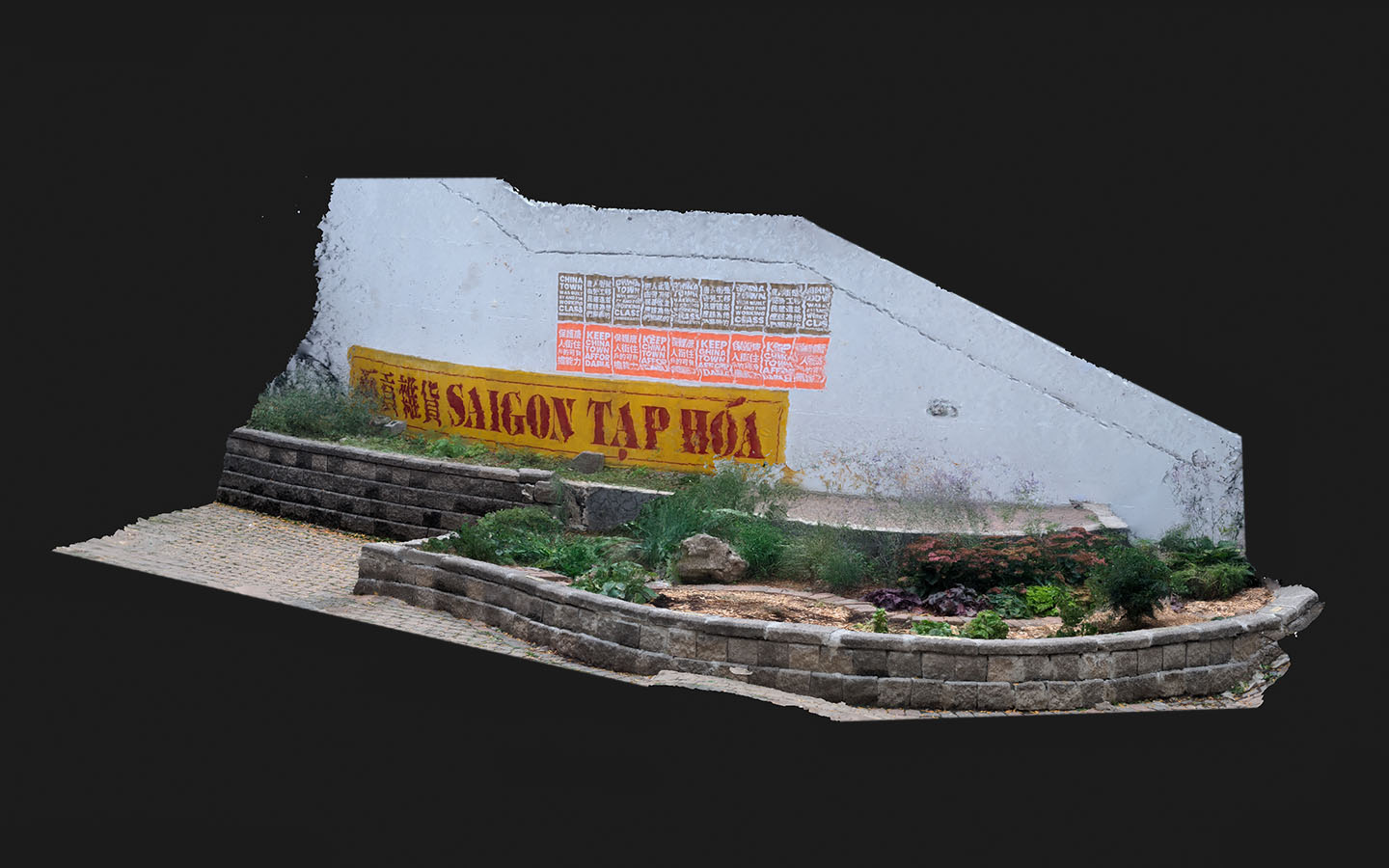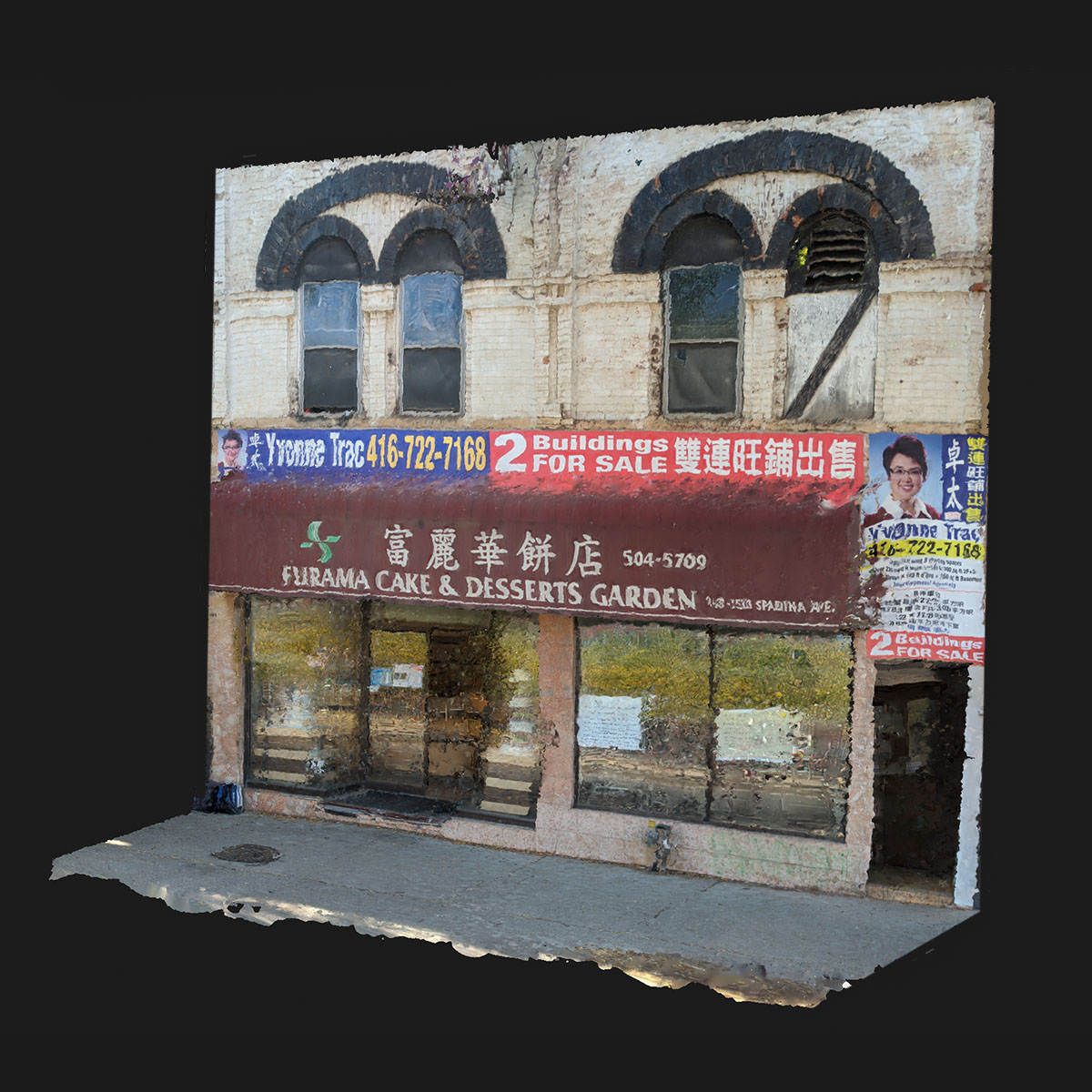The Context
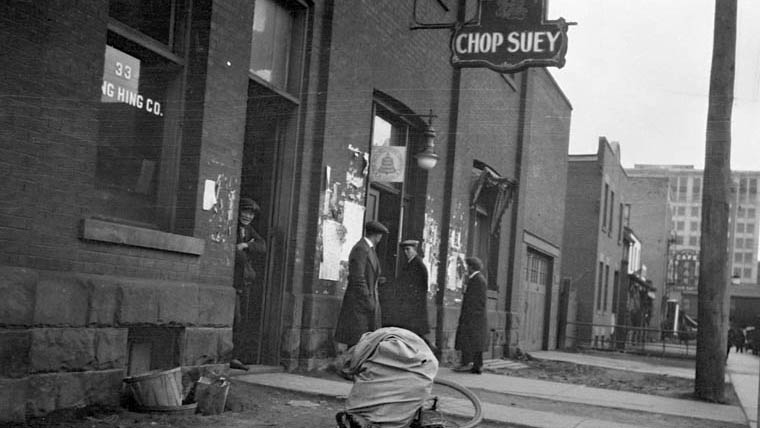


Memories and identity are formed within an individual concerning their surrounding community. In addition to both tradition and customs, our identities are also tied to objects and places as Maurice Halbwachs (1950) writes “Indeed, the forms of surrounding objects certainly possess such a significance. They do stand about us a mute and motionless society. While they do not speak, we nevertheless understand them because they have a meaning easily interpreted.” (1) A community’s image of the external milieu or what Pierre Nora describes as “les milieux de mémoire” are the real environments that are paramount in a group idea of form, and permeate every element of its consciousness, moderating, and governing its evolution. This permeation is why when individuals remain united or scatter into new surroundings, they can recall what has been left and its layout.
Cultural memory has been moved into the public sphere, outside of institutions, and into the hands of rogues. Rogue archivists; amateurs, fans, hackers, pirates and volunteers having taken the role of “rogue” memory workers. (De Kosnik, 2016). This participatory shift in digital humanities and heritage making has shifted to democratization and decentralization. Digital storytelling allowing the amplification of the ordinary voice. Authorial control is in constant negotiation and speaks to the complexities of the diasporic experience in art and digital media.
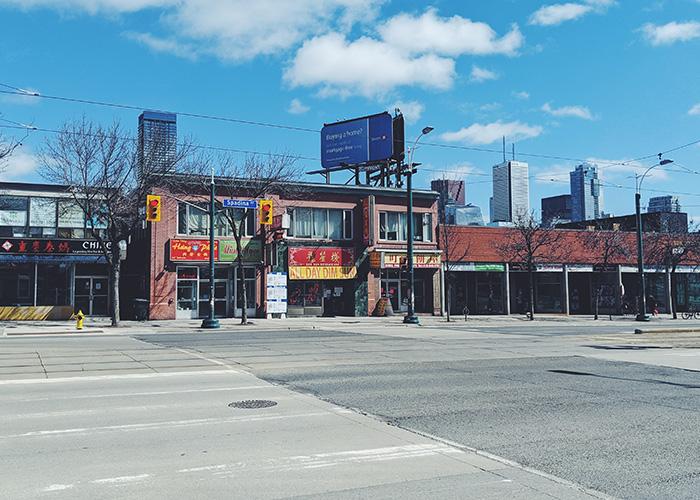
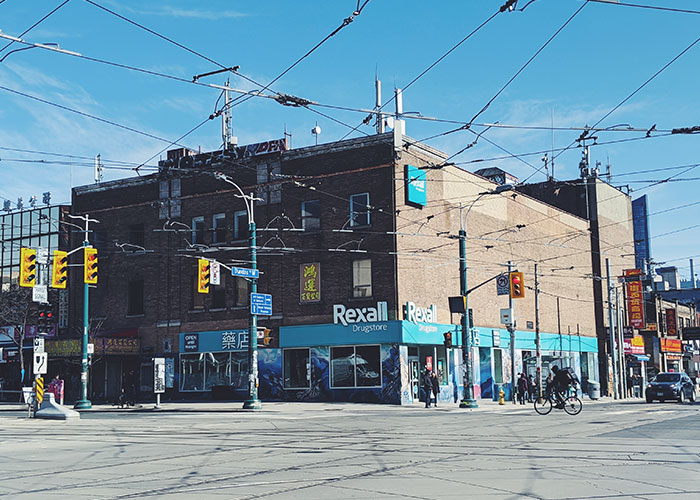
This project is situated contextually within the Toronto Chinatown community and includes the three Chinatowns within Toronto: First Chinatown (Old Chinatown), West Chinatown (Spadina Ave and Dundas St), and East Chinatown (Gerrard St and Broadview Ave). What had begun in January 2020 as personal exploration to develop a further understanding of Toronto Chinatown’s history, has evolved into the affordances of virtual production of interactive documentary and VR through co-design as a method of civic engagement directly in these communities.
The objective of this research is to explore how virtual reality and interactive documentary can provide agency not simply to the viewer, but be collaborative in its creation through collective histories (memories) and civic engagement. What began as a technological experiment, has also become an exploration of communal care in the creation of virtual space for individuals within the Chinatown community to gather. The output of this process is a workshop framework for community members to gather in a co-creation process remotely and the development of a series of ‘sites of memory’ (lieux de mémoire) in virtual reality to actively contribute to a growing communal archive and interactive documentary.
Based on these goals, this thesis research project is guided by three main questions:
-
- What role does co-design play in placemaking and placekeeping of actual and virtual spaces?
- What part do collective narrative, public memory, and virtual reconstructions play in future placekeeping and placemaking?
- How do these methods applied to the virtual production of VR and interactive documentary become a method of civic engagement through co-design?

Co-design in virtual and actual spaces is implemented with the use of virtual production. The agency of these methods and the development of a workshop framework that allows participants to reflect and actively engage with the Toronto Chinatown community and has the potential for expansion and reusability as a model for digital storytelling in other communities as well. Civic engagement is then achieved through dialogics and creation of a virtual (and eventual physical) forum for individuals to meet. This creation of virtual space for discussion and a collective imagining of post memory then gains its own agency that contributes to their physical counterpart.
This project is composed of two parts: the first is a participatory (remote) workshop involving participants within the Toronto Chinatown community. The workshop was facilitated by myself (Lilian Leung) and Immony Men and involved a core group of 15 individuals. The second part of this workshop is the output of the workshop’s creations, an interactive documentary (i-doc) showcasing everyone’s works as active co-creators within the process and a communal archive to help develop and allow for future iterations and contributions from the Toronto Chinatown community.
